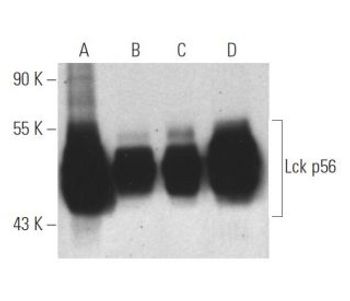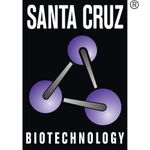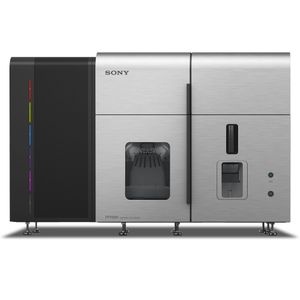Santa Cruz Biotechnology is a world leader in the development of products for the biomedical research market. Over the past 30+ years, the Company has focused on the ongoing development of research antibodies, siRNA and CRISPR Gene editing tools, biochemicals, labware and more recently has expanded into animal health care products. Santa Cruz Biotechnology has the highest commitment to quality and customer service.

Lck (3A5) Alexa Fluor® 546 | Santa Cruz Biotechnology
mouse monoclonal IgG2b; Lck Antibody (3A5) is an IgG2b κ mouse monoclonal Lck antibody (also designated p56LCK antibody, LCK proto-oncogene antibody, Src family tyrosine kinase Lck antibody) that detects the Lck protein of mouse, rat and human origin by WB, IP, IF, IHC(P) and FCM. Lck Antibody (3A5) is available as both the non-conjugated anti-Lck antibody form, as well as multiple conjugated forms of anti-Lck antibody, including agarose, HRP, PE, FITC and multiple Alexa Fluor® conjugates. Src is the human homolog of the v-Src gene of the Rous sarcoma virus, also known as avian sarcoma virus, or ASV. Src was the first proto-oncogenic, non-receptor tyrosine kinase characterized in human. By virtue of common structural motifs, the Src family is composed of nine members in vertebrates, including Src, Yes, Fgr, Frk, Fyn, Lyn, Hck, Lck and Blk. Src family kinases transduce signals that are involved in the control of a variety of cellular processes, including proliferation, differentiation, motility and adhesion. Src family kinases contain an amino terminal cell membrane anchor, followed by an SH3 domain and an SH2 domain that are involved in modular association and activation, respectively. Src family kinases are normally maintained in an inactive state and can be activated transiently during cellular events such as mitosis. Different subcellular localizations of Src family kinases may be important for the regulation of specific cellular processes, such as mitogenesis, cytoskeletal organization and membrane trafficking. The Fyn and Lck Src family tyrosine kinases play a key role in T cell antigen receptor (TCR) signaling. The human Lck gene maps to chromosome 1p35.1 and encodes a 509 amino acid protein.




















































